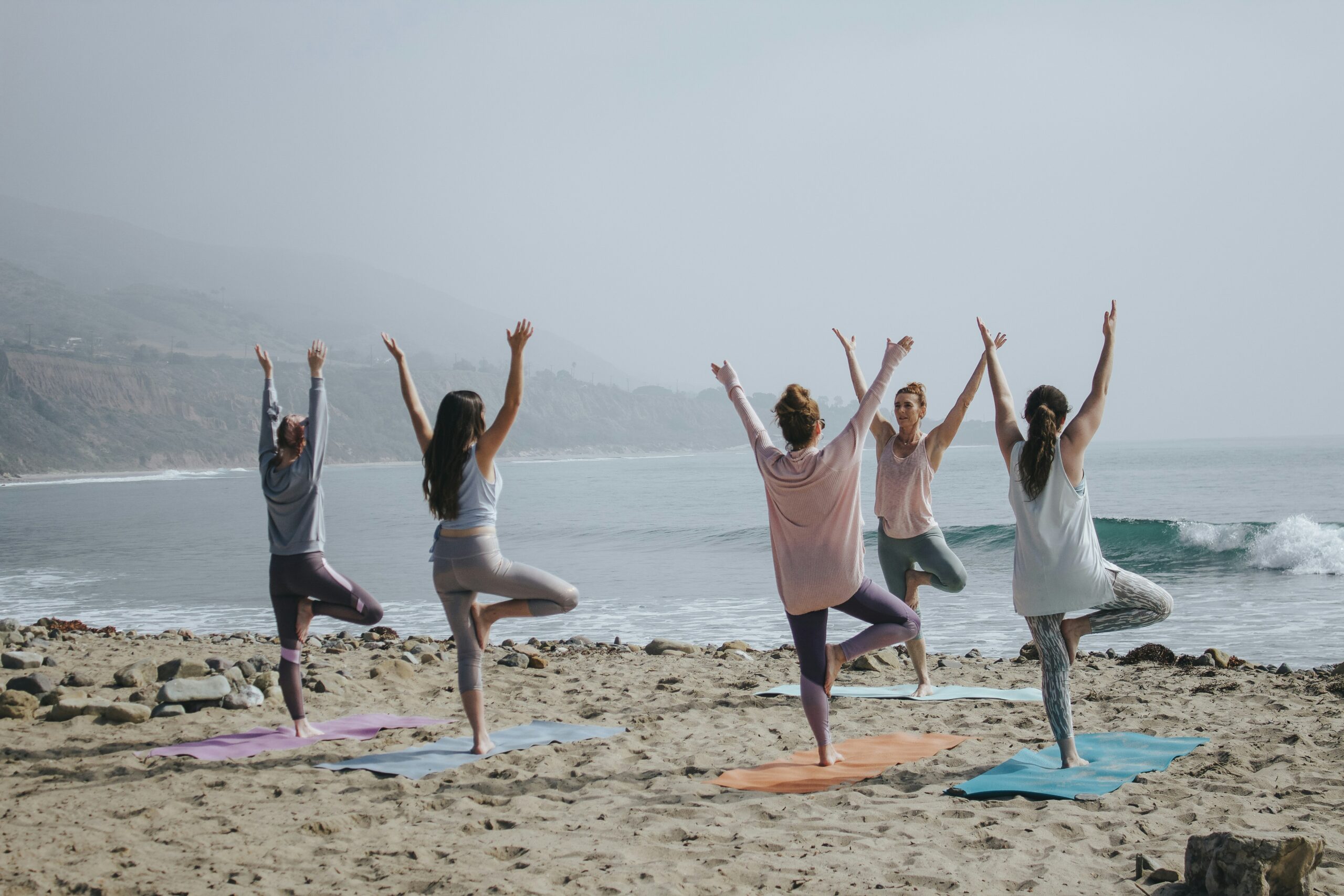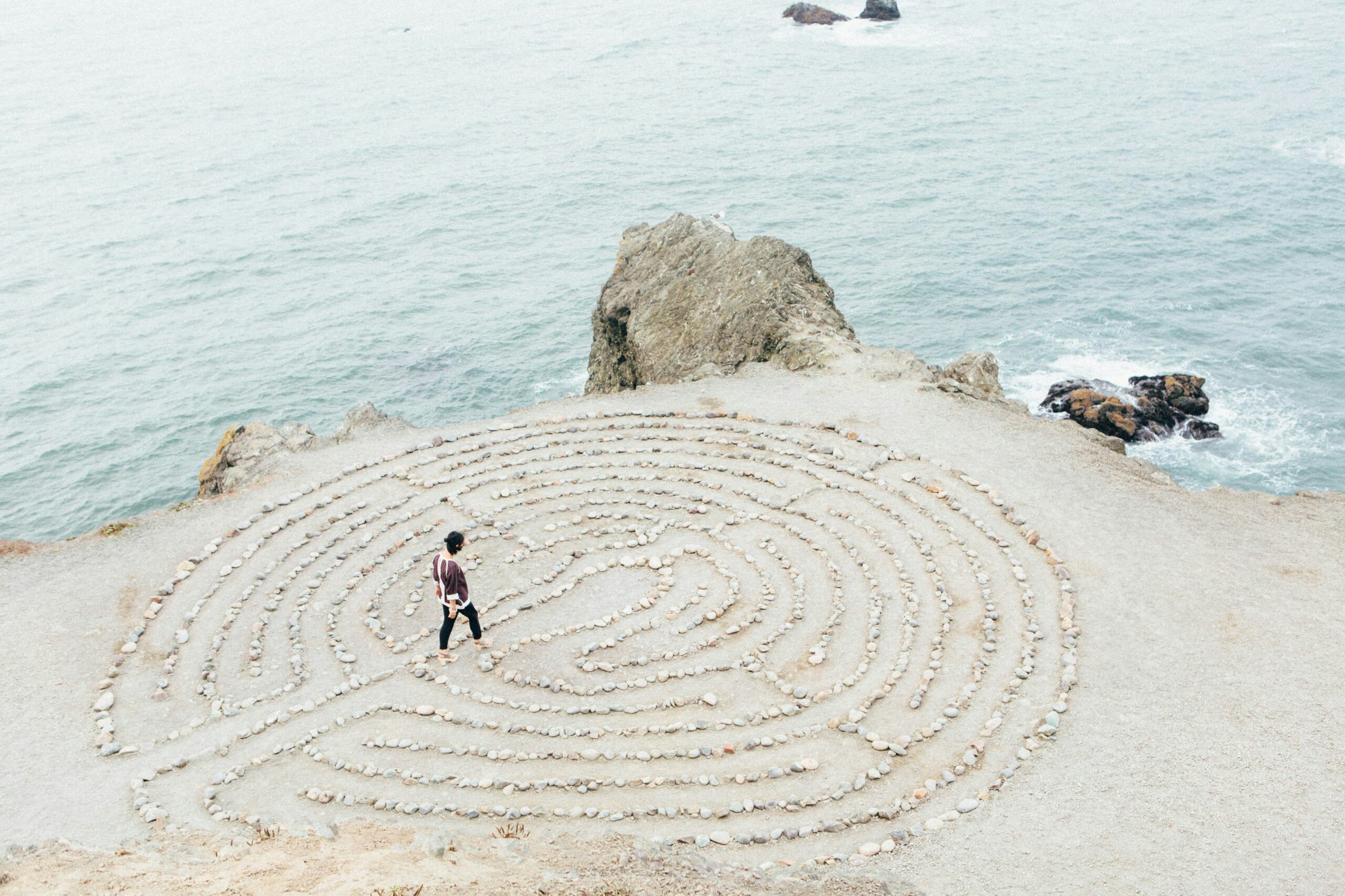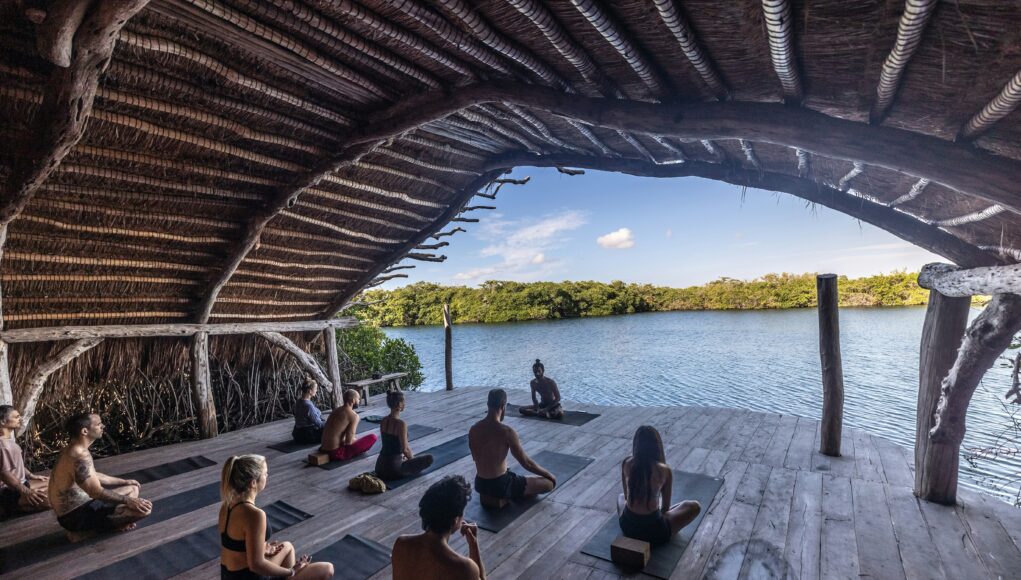In an age where technology dominates daily life, the concept of a digital detox has gained significant traction. Digital detox retreats offer a unique opportunity to disconnect from the incessant buzz of notifications, emails, and social media, allowing individuals to reconnect with themselves and the natural world. Nestled in serene countryside locations, these retreats provide a tranquil environment where one can escape the chaos of modern life. Imagine waking up to the sound of birds chirping, surrounded by lush greenery, and indulging in activities that promote mindfulness and relaxation. This blog post explores the myriad benefits of digital detox retreats, practical tips for planning your visit, and how to make the most of your time away from screens.

The Healing Power of Nature
One of the most significant benefits of attending a digital detox retreat is the healing power of nature. Studies have shown that spending time outdoors can reduce stress, enhance mood, and improve overall well-being. Many retreats are located in picturesque countryside settings, surrounded by mountains, forests, or serene lakes. For instance, the Shambhala Mountain Center in Colorado offers breathtaking views and a variety of outdoor activities, such as hiking and meditation in nature. Prices for a weekend retreat can range from $300 to $600, depending on accommodations and included meals.
Participants often find that immersing themselves in nature helps them gain perspective on their lives. The absence of digital distractions allows for deeper reflection and personal growth. Whether it’s practicing yoga on a grassy knoll or journaling by a tranquil stream, these experiences can lead to profound insights and a renewed sense of purpose.
Mindfulness and Meditation Practices
Digital detox retreats typically incorporate mindfulness and meditation practices into their schedules. These activities are designed to help participants cultivate a sense of presence and awareness, which can be challenging in a technology-driven world. For example, the Esalen Institute in California offers workshops focused on mindfulness meditation, where participants learn techniques to quiet the mind and enhance their connection to the present moment.
“The only way to find yourself is to get lost in nature, away from the digital world.”
— Unknown
Costs for such workshops can vary, with weekend retreats starting around $400. Many retreats also offer guided meditation sessions, which can help beginners ease into the practice. Engaging in mindfulness activities not only promotes relaxation but also equips individuals with tools to manage stress and anxiety long after the retreat has ended.

Community and Connection
Another compelling aspect of digital detox retreats is the opportunity to connect with like-minded individuals. In today’s fast-paced world, many people feel isolated despite being constantly connected online. Retreats foster a sense of community, allowing participants to share their experiences and support one another in their journeys. Group activities, such as cooking classes or team-building exercises, encourage bonding and create lasting friendships.
For example, the Kripalu Center for Yoga & Health in Massachusetts hosts various retreats that focus on community building. Participants often leave feeling rejuvenated not only by the retreat experience but also by the relationships they’ve formed. Prices for a week-long stay at Kripalu can range from $1,000 to $1,500, inclusive of meals and accommodations.
Digital Detox Activities
Retreats often offer a range of activities designed to promote relaxation and self-discovery. These can include yoga classes, nature walks, art therapy, and workshops on nutrition and wellness. Engaging in these activities allows participants to explore new interests and rediscover old passions. For instance, a painting workshop might inspire creativity that has been stifled by the demands of daily life.
Additionally, many retreats encourage participants to engage in journaling or reflective practices. This can be a powerful tool for processing thoughts and emotions, leading to greater self-awareness. A typical digital detox retreat may include a daily schedule filled with activities, allowing participants to immerse themselves fully in the experience.
Practical Tips for Planning Your Retreat
When planning a digital detox retreat, several factors should be considered to ensure a fulfilling experience. First, research various retreats to find one that aligns with personal goals and preferences. Consider the location, activities offered, and the overall atmosphere of the retreat. Some may prefer a more rustic experience, while others may seek luxury accommodations.
Next, set a budget. Costs can vary widely depending on the retreat’s location and amenities. It’s essential to factor in travel expenses, as well as any additional activities or excursions that may not be included in the retreat package. Booking in advance can often lead to discounts, so it’s wise to plan ahead.
Lastly, prepare for the retreat by packing appropriately. Comfortable clothing for yoga and outdoor activities, a journal for reflection, and any personal items that promote relaxation, such as essential oils or a favorite book, can enhance the experience. Remember to leave digital devices at home or limit their use to emergencies only.
Frequently Asked Questions
What’s the best time of year to visit a digital detox retreat?
The best time to visit a digital detox retreat largely depends on the location and personal preferences. Generally, spring and fall are ideal due to milder weather and fewer crowds. For example, retreats in the Northeast U.S. are particularly beautiful during the fall foliage season, while spring offers blooming flowers and pleasant temperatures. Summer can be busy and hot, while winter retreats may provide a cozy atmosphere, especially in snowy locations.
How much should I budget for this trip?
Budgeting for a digital detox retreat can vary significantly based on location, duration, and included amenities. On average, participants can expect to spend between $300 to $1,500 for a weekend to week-long retreat. This typically includes accommodations, meals, and activities. Additional costs for travel, personal expenses, and optional excursions should also be considered.
What should I pack for a digital detox retreat?
When packing for a digital detox retreat, consider bringing comfortable clothing suitable for yoga and outdoor activities, a journal for reflection, and any personal items that promote relaxation, such as essential oils or a favorite book. It’s also wise to pack a reusable water bottle, sunscreen, and insect repellent if the retreat is in a natural setting.
Are digital detox retreats safe?
Yes, digital detox retreats are generally safe. Most retreats prioritize the well-being of their participants and provide a supportive environment. However, it’s essential to research the retreat center beforehand, read reviews, and ensure that it meets personal safety standards. Additionally, informing someone of your whereabouts can provide peace of mind.
How do I get to a digital detox retreat?
Transportation options to digital detox retreats vary by location. Many retreats are accessible by car, while others may require a flight followed by a rental car or shuttle service. It’s advisable to check the retreat’s website for specific travel instructions and recommendations. Booking transportation in advance can often lead to better rates.
What are the local customs I should be aware of?
Local customs can vary widely depending on the retreat’s location. It’s essential to familiarize oneself with the cultural norms of the area. For example, in some rural areas, a more relaxed and casual demeanor may be appreciated, while in others, formal etiquette might be expected. Respecting the local environment and wildlife is also crucial, especially in natural settings.
Can I attend a digital detox retreat alone?
Absolutely! Many participants attend digital detox retreats solo. This can be a rewarding experience, allowing for personal reflection and growth. Retreats often foster a welcoming community, making it easy to connect with others. Solo travelers often find that they leave with new friendships and a sense of belonging.

















